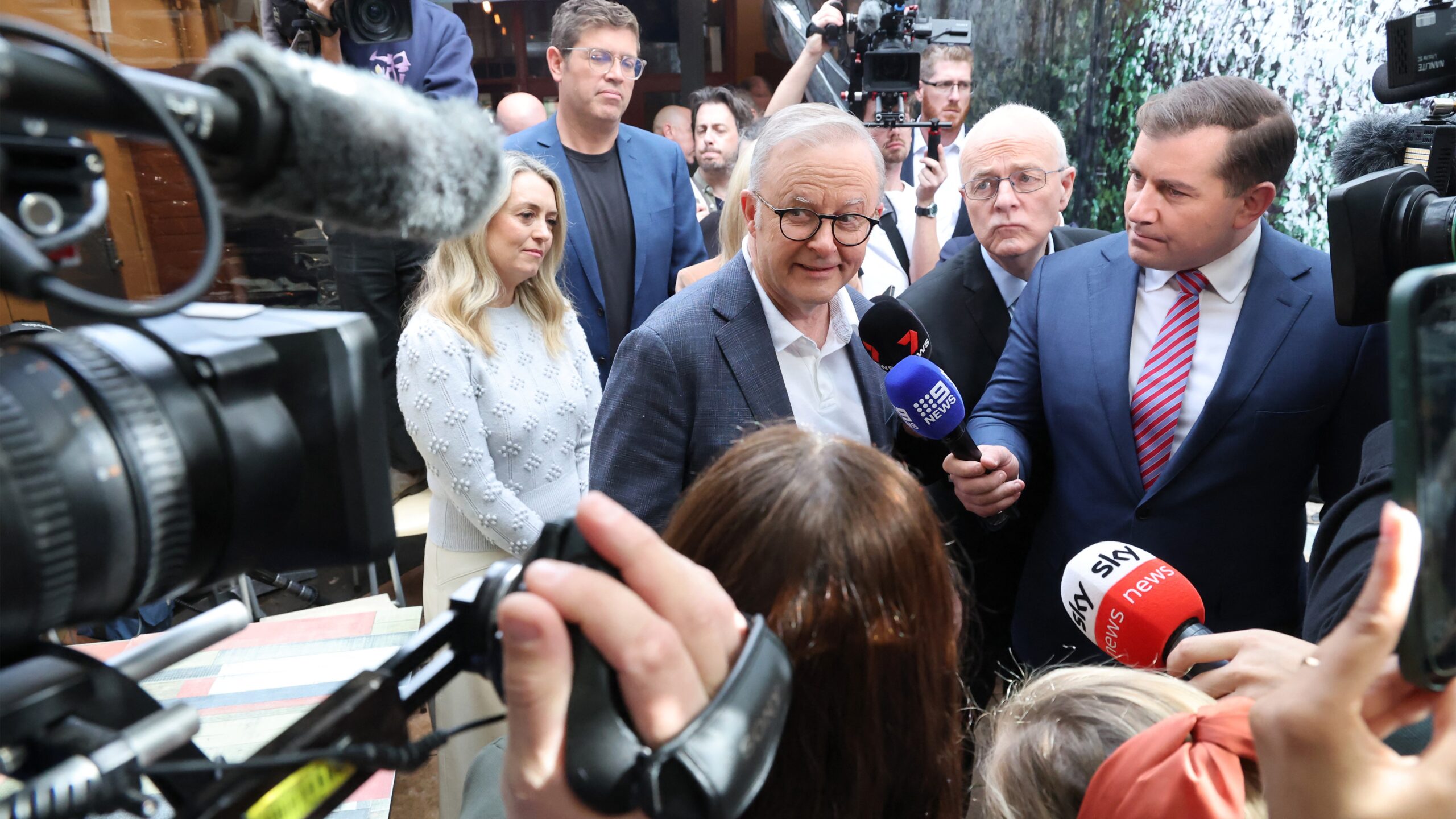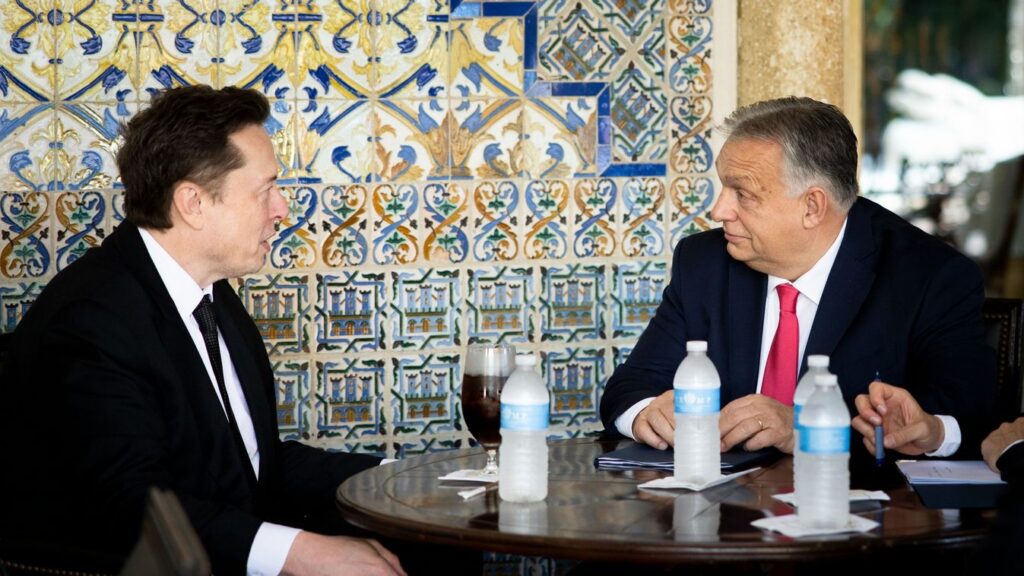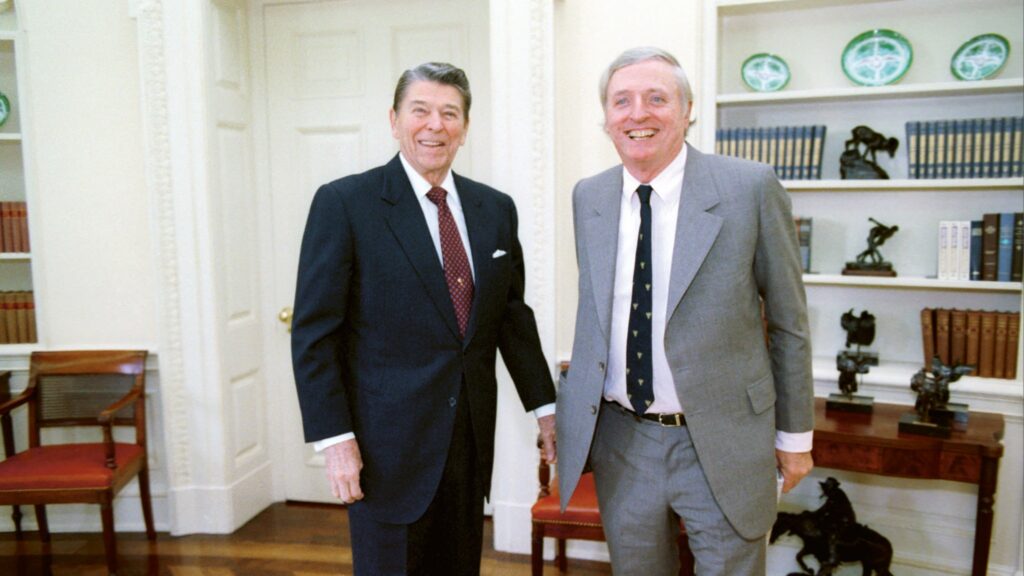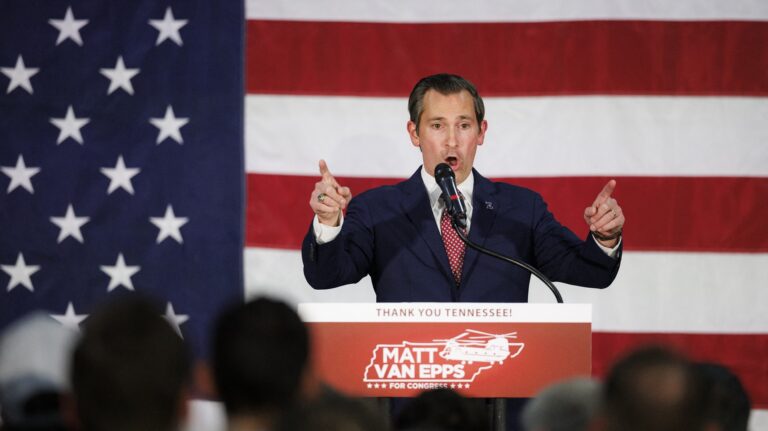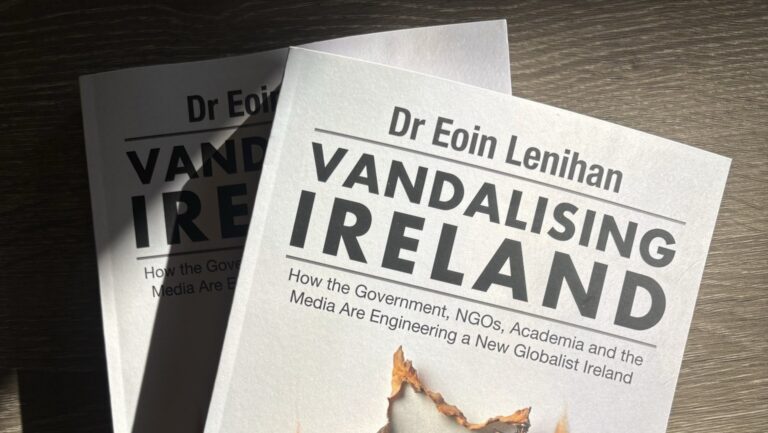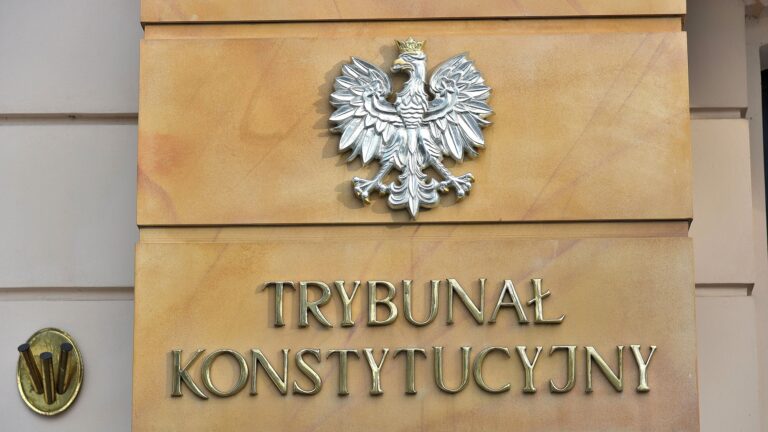The dust has settled on the left-wing electoral triumph in the Australian Federal Election in May. Various hot-takes leaned into the supposed ‘anti-Trump’ wave spreading across the world in the wake of the American President’s disruptive tariffs and bullish policy implementation.
The results in Australia signal something quite different to what most mainstream outlets are suggesting. The Albanese Government’s re-election is a sign that Australians, like others around the world, are looking for leaders on the right who will take on the zeitgeist.
The May 2024 election was not a triumph for the left. Rather, it was a triumph for mediocrity. This was an election about nothing in particular, and Australians did what they often do–they stuck with the status quo. In an increasingly dangerous and unstable world, they voted for stability and re-elected the Labor Party.
Understanding the Results
The results of the election were clear: the Australian Labor Party (ALP) won a stonking 94 seats in the House of Representatives, increasing their majority significantly and picking up 16 seats. The centre-right Liberal/National Coalition plummeted to a catastrophic 43 seats, losing 14—most of those to the ALP.
This result looks like a big swing to the left. However, two things argue against that conclusion. One is that the Greens—a radical left-wing party, broadly similar to their European counterparts—lost most of their seats in the lower house. They have become something of a non-entity. Before the election, there were concerns that the ALP might fall short of a majority and be forced to work with the Greens to pass legislation. The outcome turned out quite differently.
The other factor is the minimal gains made by the Independent ‘Teal’ candidates. The Teals are left-leaning, inner-city, environmentally focused candidates, most of whom are women. The Liberals even won back a seat from the Teals in Melbourne, and elsewhere the Teals struggled to make significant inroads. They gained only one new seat and are essentially a non-entity in a House of Representatives dominated by a large government majority.
Taking the results as a whole, the election represented a modest shift to the left but, more significantly, a consolidation toward the centre. It was, in effect, a centrist election. The right lost seats to the left, while the far left lost ground to the centre left. The mainstream centre-left party secured a healthy majority and will not need to rely on either the Greens or the Teals—both of whom performed poorly—to pass legislation.
In the Upper House, the Senate, results were more ambiguous. The major parties finished close to a draw, with the Greens holding 11 seats and the right-wing One Nation retaining a solid presence with four. Two independent senators were re-elected, and a few more will face the voters in the next election cycle. Altogether, there are ten crossbench senators. These numbers mean that, to reach the required 39 votes needed to pass legislation, the ALP government needs to join hands with others.
One option is the far-left Greens, who are their best bet. However, the Greens will try and leverage even more extreme outcomes, evidenced by their demands on the proposed superannuation tax. The other option is to pass bills in cooperation with the Liberal/National opposition, which would have a moderating effect on Albanese’s legislative agenda.
Wither the Major Parties?
As I said, these results are deceptive. The primary vote for the major parties was dreadfully low. Labor attracted 34.6 per cent of first preferences, and the Coalition just 31.8 per cent. A decade ago, both parties could expect to gain around 40 per cent of the primary vote.
Not anymore. Together, they garnered just over 66 per cent of Australia’s first votes, representing the lowest it has been since these parties were first in an electoral contest. It is, notably, a further drop from the 2022 election when, taken together, they won 68.3 per cent.
Preference flows are the only reason either party retains electoral credibility. To be sure, the share of seats the major parties won in the lower house has increased, due to the near decimation of the Greens. However, the menagerie in the Senate best represents the political instability brewing in the Antipodes. 20 years ago, the Howard Government managed to secure a majority in the Senate. Today, that outcome seems all but impossible.
The Leadership and Policy Vacuum
This was a vacuous election. No one truly won the campaign, and no one emerged victorious in the battle of ideas. Neither major party offered a compelling vision for Australia’s future. As Liberal candidate Henry Pike admitted after election day, the campaign ‘became a blur of competing handouts and taxpayer-funded concessions’. It was, in short, a mess.
‘No-one discussed what really mattered to voters, which was housing affordability and energy prices’
The Dutton Liberals led with a Trump-esque set of sloganistic policies about public service efficiency that few cared about or understood. After backing down on that, the signature policy became a reduction in petrol cost which, again, was difficult to comprehend and hard to believe, given prices were already sky-high. The fact that Peter Dutton filled up the fuel tank in front the cameras dozens of times across the campaign did nothing to win anyone over, it seems.
Labor pledged universal institutional childcare support, a write-off for student loan debt, and hand-outs galore. No-one discussed what really mattered to voters, which was housing affordability and energy prices. The Dutton Liberals made a splash months before the election with a vision to kick-start Australia’s nuclear industry. But barely a word was spoken about this the entire campaign.
Another notable silence was the issue of foreign affairs and defence. Australia’s national defence is woefully inadequate. There is an existential threat posed by a Pacific neighbour, the People’s Republic of China. Yet, our submarines are ancient. Our navy is depleted. Our air force and army are struggling to recruit. Bipartisan policy for the past two decades has been to rely on the United States rather than develop independent capability.
As Chinese ships circled Australia in the lead up to the election, the Prime Minister astonishingly had hardly anything to say. Most opposition leaders would see this as an opportunity. However, Peter Dutton barely lifted the bar on the issue. And neither party had anything of substance to bring the Australian public on the matter of national defence.
‘Australians were looking for leadership and vision, and got nothing’
All of this points to this being the ‘Seinfeld Election’. It was an election about nothing. This is why Labor won and the Coalition lost. No one had any policies. No one showed any leadership. Australians were looking for leadership and vision, and got nothing. They didn’t vote against Trumpism, nor did they vote for the left. They voted for nothing in particular and did so by voting for third parties at an unprecedented rate.
In the United States, Donald Trump and JD Vance’s ticket demonstrated policy clarity and courage by substantially differentiating themselves from the mainstream. They won in a landslide. A similar thing is happening in the United Kingdom, with Reform now taking the mantle as the major party of the right by challenging the tired liberal mainstream.
People aren’t necessarily looking for ‘populism’. They are looking for leadership and vision. From the left, Daniel Andrews won multiple elections, to the great detriment of the Australian state of Victoria, with clear leadership and policy nous. From the right, Hungary’s Viktor Orbán stands out as the exemplar, offering an ‘illiberal’ vision that contrasts strongly with globalist opponents.
The recent Australian election is an exhibit of this tendency, but in an inverse way. As Adam Creighton describes it, Australia is having an ‘anti-establishment turn’. The 2023 Voice Referendum was clear evidence of this. That referendum vote was a resounding rejection of a progressive constitutional amendment. It was a conservative triumph.
How did the same voters re-elect a weak, banal, left-wing government 18 months later? They had no alternative. In an environment of economic upheaval, geopolitical uncertainty, and cultural destabilization, Australia’s centre-right opted out of the fight. Next time, they must opt in. Right-leaning parties that offer a substantial alternative to voters in Australia and beyond might find themselves winning handsomely.
Related articles:

